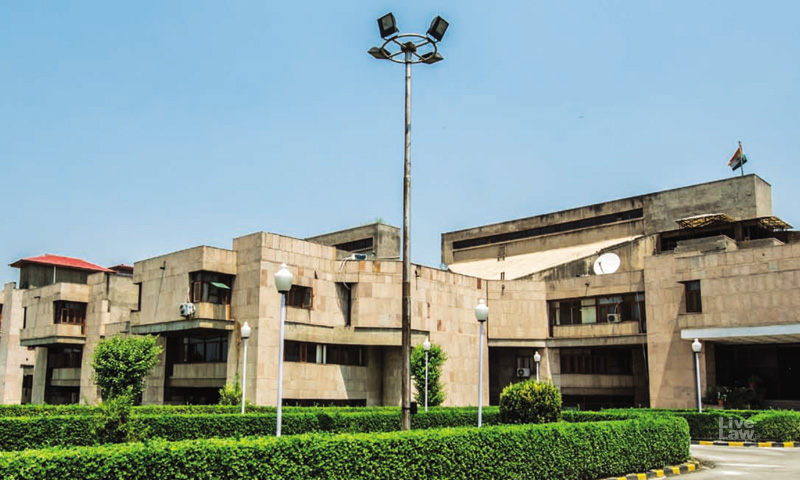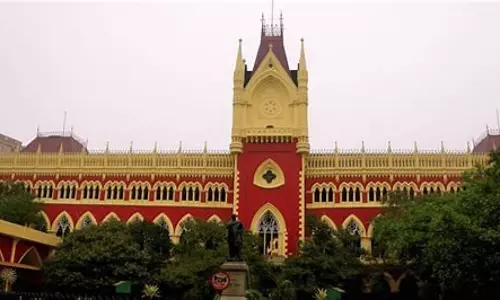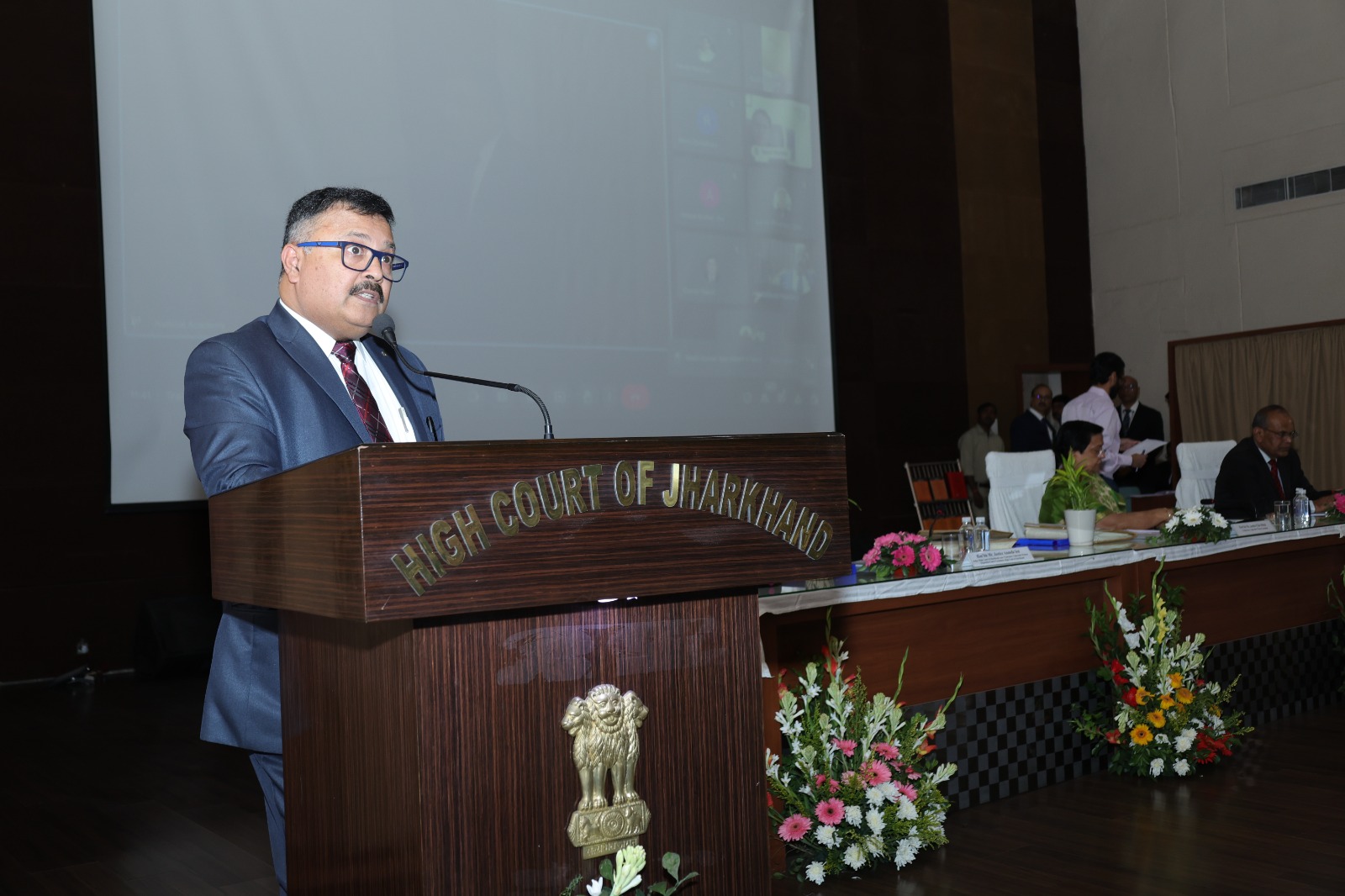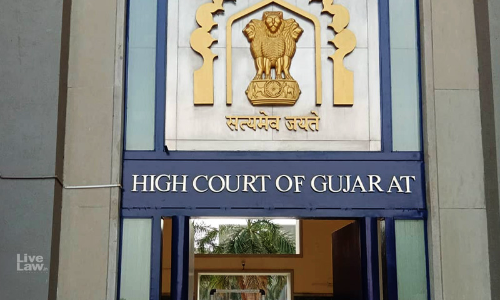Are Offences Under PMLA Cognizable Or Non-Cognizable? Delhi HC Bench Refers Issue, Related Queries To Larger Bench [Read Judgment]
Are the offences under the Prevention of Money Laundering Act (PMLA) cognizable or non cognizable? Do the provisions of Chapter XII CrPC (information to the police and their powers to investigate) apply to PMLA insofar as the offences under the PMLA are concerned and if so, to what extent?A division bench of the Delhi High Court has referred these questions and some others to the Chief Justice...
Are the offences under the Prevention of Money Laundering Act (PMLA) cognizable or non cognizable? Do the provisions of Chapter XII CrPC (information to the police and their powers to investigate) apply to PMLA insofar as the offences under the PMLA are concerned and if so, to what extent?
A division bench of the Delhi High Court has referred these questions and some others to the Chief Justice of high court to be placed before a larger bench for answers.
A bench of Justice S Muralidhar and Justice IS Mehta framed the questions while hearing a writ petition moved by Rajbhushan Omprakash Dixit seeking his release from custody following his arrest on January 25 under the PMLA.
The questions sent for consideration are:
(i) Consequent upon the amendment in Section 45 of the PMLA with effect from 1st July 2005, are the offences under the PMLA cognizable or non cognizable?
(ii) Do the provisions of Chapter XII CrPC apply to PMLA insofar as the offences under the PMLA are concerned and if so, to what extent?
(iii) Under Section 19 of PMLA read with Rules 2 (h) and 2 (g) of the PML WP (CRL) 363/2018 Page 30 of 32 Arrest Rules read with Rule 6 and Form III thereof, does a person arrested under Section 19 (1) of the PMLA have to be furnished a copy of the grounds of arrest? If so, should they be furnished soon enough to enable the person arrested to apply for bail or to oppose the application for remand? What are the consequences of the failure to do so?
(iv) Notwithstanding that the remand of the person arrested is under the orders of a Competent Court under the PMLA, will a writ of habeas corpus still maintainable if the initial arrest is itself shown to be unlawful?
(v) In the context of the above questions, do the decisions of the Division Bench of this Court in Vakamulla Chandrashekhar v. Enforcement Directorate and Moin Akhtar Qureshi v. Union of India require reconsideration?
It is to be noted that in Vakamulla Chandrashekhar matter, a coordinate bench of the high court had held that even post amendment, Section 45 of the PMLA Act was cognizable.
In the instant case, the petitioner, a permanent resident of Vadodara, Gujarat, came to be arrested on January 25 following a search operation of the Income Tax department on the premises of the group entities of Sterling Biotech Limited (SBL), of which he was a director. During the income tax raid, various documents were seized showing huge amounts of cash had been given to various government servants.
The CBI registered a case under the Prevention of Corruption Act and the DoE also recorded an Enforcement Case Information Report (ECIR) in relation to the offence of money laundering.
The petitioner was eventually arrested post an open-ended NBW issued against him by Special Judge PMLA on January 24 and he was remanded in judicial custody.
Dixit moved a writ of habeas corpus for his release and sought a declaration that issuance of a non-bailable warrant, his arrest pursuant thereto and the consequent remand orders passed by the Additional Sessions Judge, (PMLA) is without the authority of law and in violation of Articles 14, 21 and 22 of the Constitution of India.
His counsel, senior advocate Vikram Chaudhary contended that offences under Section 3 PMLA were non-cognizable as was evidenced by the PMLA Amendment Act of 2005 by which Section 45 of the PMLA stood amended with effect from 1st July 2005. The failure to amend the heading of Section 45 of PMLA to bring it in line with the amendment was perhaps inadvertent.
He also referred to the Statement of Objects and Reasons (SOR) for the 2005 Amendment and the Lok Sabha Debates during which the Finance Minster explained the reason for making the offences under the PMLA non-cognizable.
The counsel argued that non-communication of the grounds of arrest either at the time of arrest or immediately thereafter was in violation of Section 19 of the PMLA.
The bench noted at the outset that although the PMLA was passed by the Parliament in 2002 it was not notified and did not became operational till 1st July 2005. While tabling the PML Amendment Bill in 2005 the Finance Minister explained that two kinds of steps were required to be taken to implement the PMLA. One was to appoint an authority to gather intelligence and information, and the other was an authority to investigate and prosecute. Since a number of lacunae were noticed in the PMLA, it became necessary to remove them.
“Specific to the question whether the offences under PMLA were cognizable or non-cognizable, the Finance Minister said: ‘… What we are doing is; we are inserting a new Section 2 (n) (a) defining the term, 'investigation'; making an amendment to Sections 28, 29 and 30, dealing with tribunals; amending Sections 44 and 45 of the Act to make the offence non-cognisable so that only the Director could take action; and also making consequential changes in Section 73. I request hon. Members to kindly approve of these amendments so that the Act could be amended quickly and we could bring it into force’,” the bench noted.
The court also referred to debate in the Lok Sabha on Section 45 PMLA and the proposed amendment.
“In his reply, the Finance Minister again clarified, as under: ―Sir, first to answer Mr. Sudhakar Reddy, Section 45(1)(a) is being omitted because, if the offence is cognizable, then any police officer in this country can arrest without a warrant. Section 19 says, only the Director or Assistant Director should investigate the offence. There is a conflict. Therefore, we are making it non-cognizable. But, investigation will be by the Director. We will authorise, up to a threshold, State police officers also to investigate offences. That is why Section 45(1) (a) is being omitted,” the court noted.
Provision amended
“It is clear, therefore, that as far as the Parliament was concerned, the amendment to Section 45 was with the specific intention of making the offences under the PMLA non-cognizable. Yet, for some reason which could only be explained as inadvertence, the heading of Section 45 PMLA was not changed,” said the court noting that Section 45 prior to the 2005 amendment read as under: 45. Offences to be cognizable and non-bailable and read the same after the amendment.
Referring to Guntaiah v Hambamma, the bench noted that the Supreme Court has explained that “side notes cannot be used as an aid to construction. They are mere catchwords and I have never heard... that an amendment to alter a side note could be proposed in either House... So side notes cannot be said to be enacted in the same sense as the long title or any part of the body of the Act”.
The bench also noted that a division bench of the Delhi High Court in Vakamulla Chandrashekhar v Enforcement Directorate had come to the opposite conclusion and had held that “notwithstanding the 2005 amendment to Section 45 PMLA, there is no positive indication in Section 45 that offences under the PMLA had become non-cognizable … even if the offence is no longer cognizable for the purposes of the Code, i.e., the police cannot take cognizance for the said offence, it does not follow that the authority under the Act would not carry out the investigation on their own”.
The bench of Justice Muralidhar and Justice Mehta said, “This court is of the view that the said conclusion in Vakamulla Chandrashekhar v. Enforcement Directorate requires reconsideration since it is not in consonance with the express legislative intent that is so evident not only on a plain reading of the amended Section 45 PMLA but even with reference to the SOR to the PML Amendment Bill, and the debates in the Lok Sabha”.
The instant bench was also of the view that whether the offences under the PMLA were cognizable or non-cognizable, the CrPC has to be followed.
Since the bench was of the view that the decision of the coordinate bench in Vakamulla Chandrashekhar v Enforcement Directorate required reconsideration, it referred the questions to a larger bench.
In the meantime, the court ordered Dixit to be released on bail.
Read the Judgment Here







